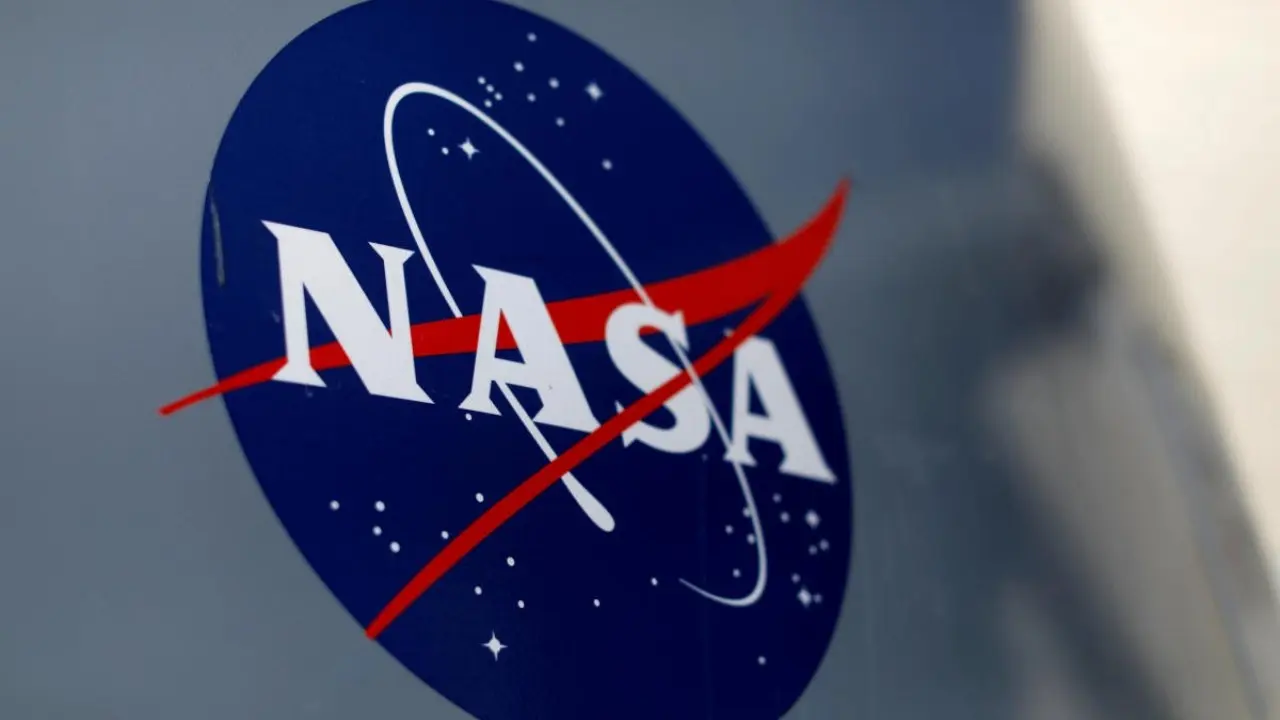NASA scientists have achieved a significant milestone in their quest to establish human colonies on the Moon. They have successfully extracted oxygen from simulated lunar soil in a vacuum environment, a crucial requirement for providing breathable air for astronauts and also as a propellant for space exploration and transportation.
To simulate the harsh conditions on the Moon, NASA scientists used a special spherical chamber called the Dirty Thermal Vacuum Chamber, which allows the testing of unclean samples. The vacuum environment inside the chamber mirrors that of the Moon, where there is no atmosphere, and temperatures range from -173°C to 127°C.
The extraction process was carried out using a carbothermal reactor, which uses heat to break down materials into their constituent parts. The lunar soil simulant was heated to a temperature of 1,000°C inside the reactor, causing it to melt. To simulate the heat from a solar energy concentrator, a high-powered laser was used, creating a temperature of 1,000°C similar to that on the Moon’s surface when exposed to direct sunlight.
The team used Mass Spectrometer Observing Lunar Operations (MSolo) to detect carbon monoxide after heating the lunar soil simulant. MSolo is an instrument that can measure the composition of gases in a sample, and its detection of carbon monoxide indicated that the process was successful in extracting oxygen from the lunar soil simulant.
NASA plans to send similar devices to the Moon’s South Pole in two upcoming exploration missions, the Polar Resources Ice Mining Experiment-1 in 2023 and NASA’s Volatiles Investigating Polar Exploration Rover (VIPER) in November 2024. These missions will focus on searching for water and other resources on the Moon’s surface, which could support future human colonies.





